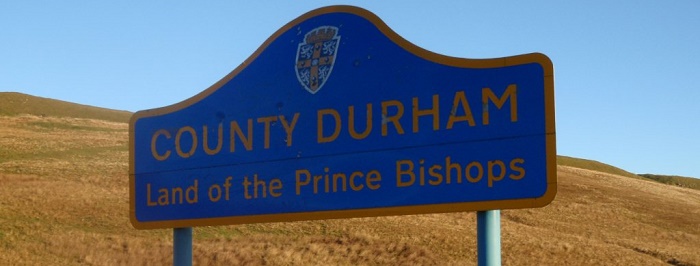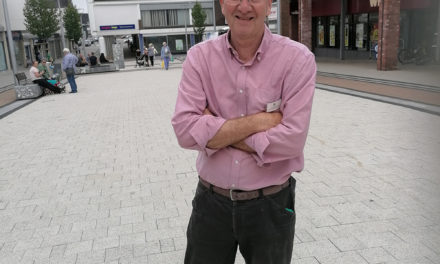Councillors are to be recommended to agree changes to youth services that that would see money and resources directed to where they will be of greatest benefit. Earlier this year Durham County Council consulted on proposals to develop a more targeted approach, which would save £1m, while making every penny count for the children and young people most in need. Carole Payne, the Council’s head of children’s services, said: “Across County Durham there are nearly 18,000 children living in areas that are among the most deprived in the country. “Yet currently, despite prioritising and protecting youth services for as long as possible, the service is in regular contact with only 7 per cent of all young people and 9 per cent of those in the most deprived areas. “Other authorities in the North East have cut their budgets for youth services, in some cases by over 70 per cent, while Durham has reduced its funding by less than one fifth. “However, with continued budget pressures we face some difficult decisions and it is important that we ensure every penny we spend has the greatest benefit. “With this in mind a review of youth services was carried out and a series of proposals drafted that would see a new approach introduced to identify and help the young people and families who would gain the most from our support. “During a 12 week consultation in February, March and April we found broad support for the Strategy for Youth Support, though it was felt it would benefit from greater recognition of the impact of social isolation on young people. “Concerns were also raised over the proposed way the Youth Work Support Grant would in future be distributed through Area Action Partnerships. “We have listened to these views and incorporated them into the recommendations that will go before Cabinet on September 14.” In County Durham there are 17,987 13 to 19-year-olds living in households in areas that are among the top 30 per cent most deprived in the country. There are also 7,670 children from homes whose income is at least 60 per cent below the national average. Only 9 per cent of young people from the least well off areas have regular contact with the council’s youth service. Overall it is hoped that by targeting the services it would lead to improved school attendance and grades, and fewer exclusions; fewer young people not in education, employment, or training (NEET); fewer referrals to children’s services; and fewer teenage pregnancies. It is also hoped the plans would building stronger links with the voluntary and community sectors – of which over 1,000 projects were identified during the review – and see youth centres transferred into the hands of local people. A report on the consultation and recommendations will go before Cabinet on Wednesday September 14.
Cabinet to Agree New Targeted Youth Services










